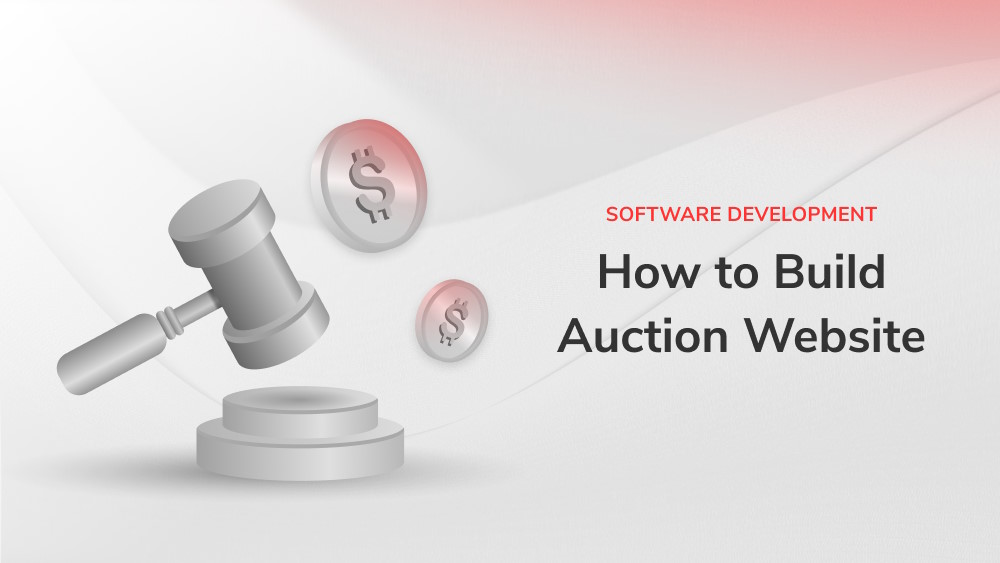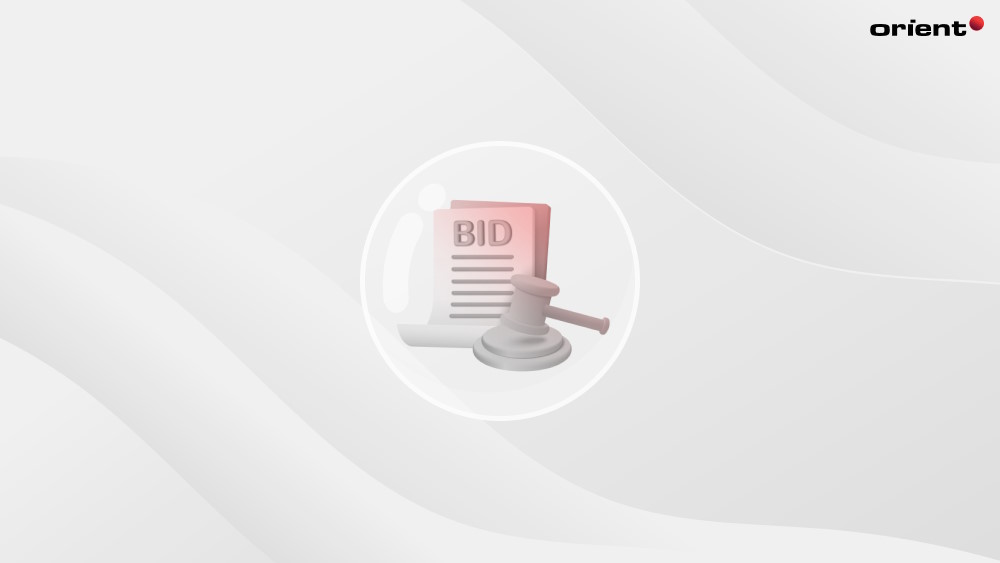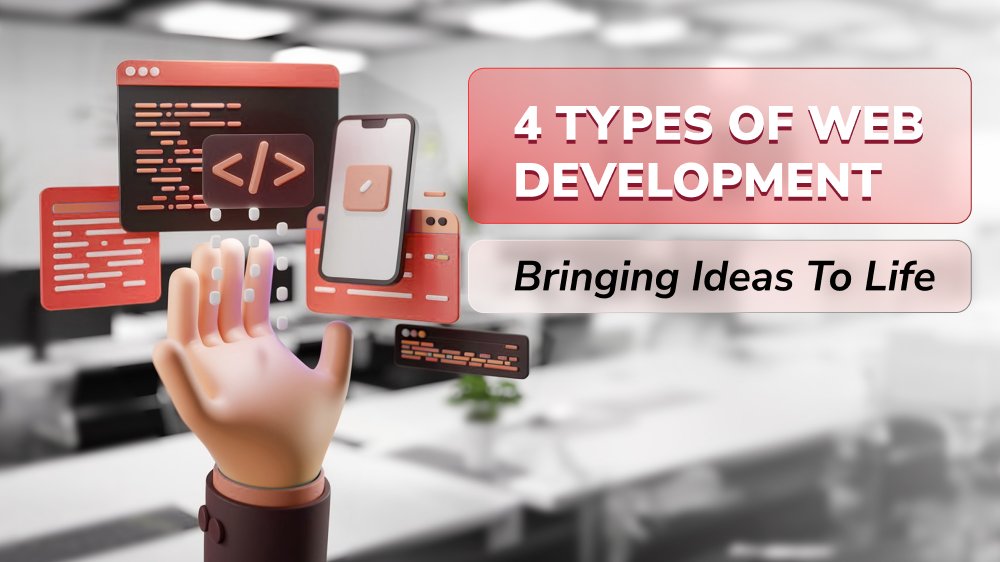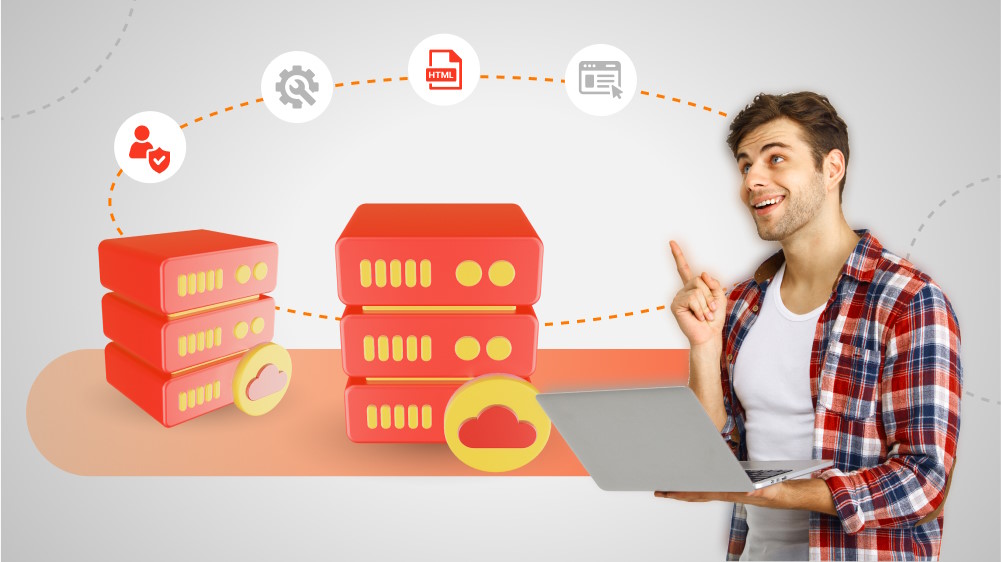How to Build Auction Website - Nail It with 9 Proven Steps

Content Map
More chaptersYou’ve probably heard of eBay - an American multinational e-commerce company whose online auction website allows users to buy and sell wide-ranging products. Founded in 1995, the annual net revenue of eBay has reached 10.42 billion dollars by 2021 and is currently one of the world’s largest online marketplaces.
Learning from the success of its predecessors and taking advantage of the substantial rise of the Internet, more and more auction websites like eBay are being developed to meet the broad needs of customers. However, how to build an auction website that stands out above competitors in this dynamic marketplace? The article below will give you detailed instructions to develop such websites with only nine steps. Discover all you need now!
What Is an Online Auction Site?
An auction website is an online platform that allows users to sell and buy goods or services through an auction process. These websites generally provide an auction platform for sellers to list items (with descriptions and images), set a reserve price (minimum selling price), and allow potential buyers to bid on the item. Auction items and services on the auction marketplace are typically offered by an individual or entity.
The auction process can be conducted in real-time, with bidders competing against each other in a live bidding environment, or they can be timed, with bidders placing their bids within a set timeframe. At the end of the auction, the highest bidder wins the item.
Auction websites have become increasingly well-known in recent years since they provide a convenient way for buyers/sellers to buy/sell everything from collectibles and antiques to electronics and vehicles and connect and transact online. Some famous auction sites include eBay, Sotheby’s, and Christie’s.
A Quick Look at 5 Different Formats of Online Auction Platforms
An auction website’s format refers to the structure or rules that define how the auction process will be conducted on the website. With the development of information technology and diverse human needs, there are various online auction formats with different rules and procedures for bidding and winning.
The main purpose of this article is to give you comprehensive instructions on the process of building an auction website. So how can you do that successfully if you don’t even know what kind of bidding website you’re getting yourself into? Then check out the five formats of the bidding system right below.
English Auction
This is the most common format of auction site where the auctioneer starts the bidding on a single item at a time. Starting with a lower price, all the bidders who are interested in the product will then make their bids. The price increases until there is only one bidder left, or what we call an auction winner.
Advantages of English auction:
- Encouraging competitive bidding as individuals try to outbid each other and win the item.
- Simple rules to follow, even with first-time bidders.
- Online bidders can see the bid made before them, creating transparency.
Dutch Auction
In this auction model, the auctioneer starts auction bids at a high price and then lowers the auction’s course until there is a bidder who accepts the price. This form of online bidding solution is more commonly used by businesses than antiques, especially for startups looking to seek investors. The items wagered with a Dutch auction, even though they are high-value objects such as paintings, jewelry, or real estate, are therefore very picky about participants.
Advantages of Dutch auction:
- Creating a sense of urgency among bidders and the mentality of missing out as the item’s price decreases over time.
- Quick bidding process that unloads unique items quickly.
- Creating a fair chance of winning since the price decreases unpredictably.
Penny Auction
A Penny auction is an online auction where bidders pay a fee to place a bid, and each bid increases the price of the item by a penny. The auction winner is the person who places the last bidding price when a specified time frame runs out, typically a few seconds to a few minutes.
Advantages of Penny auction:
- Having a wide range of items available.
- Convenient to bid as long as having an internet connection.
- Low costs per bid encourage not-very-often bidders.
Sealed-bid Auction
This kind of online auction model allows buyers to bid on an item without revealing their identity and the bidding price. By submitting the bids privately simultaneously, a Sealed-bid auction is appropriate in situations where confidentiality is important such as real estate transactions or government contracts.
Advantages of Sealed-bid auction:
- Bidding in privacy.
- One bid per time creates a faster and easier auction process for both bidders and sellers.
- Resulting in higher final sale prices as bidder’s bid cannot be influenced by others.
Reverse Auction
A reverse auction is an auction model where the roles of the seller and buyer are reversed. Multiple sellers compete to provide their products/services to a single buyer with the lowest bid. This kind of auction is often used in a business context where the buyer (a business) may accept the deal with a higher price but ensure their needs.
Advantages of Reverse auction:
- Providing chances to access and find a large pool of suppliers.
- Getting better deals as buyers can negotiate with suppliers in real time.
- Time-saving process as all suppliers present the deals to a buyer at the same time.
How to Build Auction Website?
Building auction websites can be a complex and challenging development process, especially if you are not experienced in website development and programming. However, with careful planning, attention to detail, and the right support, it is possible for you to create an auction website that is both fully functional and user-friendly.

Step 1: Choose a Domain Name
A domain name, in a nutshell, is a website address that users type into their web browser to reach their business. Any website in the early stages, including your own auction website, must prepare its domain name to easily connect with the target audience.
Ideally, domain names need to ensure the following seven factors:
- Memorable - For users to easily find and access your online auction business.
- Relevant - Giving users exactly what your site is about.
- Short - Easier to remember and type into search engines.
- Easy to pronounce - For users to have an easier word of mouth and share your online auction platform.
- Unique - Avoiding confusion and potential legal issues.
- Brandable - Standing out from competitors.
- SEO-friendly - Helping auction sites to rank higher in search results.
There are many reputable domain registrars to choose from. Some of these popular names include GoDaddy, NameCheap, Google Domains, Bluehost, etc. Make sure that you select a trustworthy registrar that meets your specific needs and budget.
In case your online auction website already has a domain name, don’t forget to attach it to a new web server and renew the domain name reservation not to lose it.
Step 2: Get a Web Hosting Account
Web hosting is a service that generates storage space and server access to websites and makes them available to the public through the Internet. Without a web hosting account, your auction website would not be accessible to anyone except for you.
To get a web hosting account for auction website development, you need to pay attention to the following important steps.
- Determine your website’s hosting requirements.
- Research and compare web hosting providers.
- Choose a hosting plan based on storage, bewitch, server resources, and pricing factors.
- Configure your domain name.
- Upload your online auction software files.
Step 3: Define the Model of Online Auction Website
It’s time to choose which auction website’s format to implement. This is a very crucial step since it will determine how buyers and sellers interact and how online auction websites operate. There are several different auction models available, each with its own advantages and disadvantages. By selecting the right model, you can create a more engaging and profitable platform that meets the needs of your target audience.
The article provided you with five auction website formats under “A quick look at five different formats of online auction platforms.” Make sure you choose the right model based on careful consideration of internal and external factors.
Here are factors that can help you make an informed decision:
- Target audience: Think about the people using your custom auction website and their preferences. Are they looking for rare or unique items or want to buy in bulk? Would they prefer a competitive bidding environment or rather negotiate privately?
- Type of items: Different auction models work better for different types of items. For example, English auctions are suitable for high-value products, while Reverse auctions are better suited for commodity products.
- Competition: Depending on the nature of the items, the competition for products is also different. For example, an English auction might be better for the market with tense product competition. Sealed-bid auctions are, meanwhile, more appropriate if there are few bidders.
- Budget: Each auction model has its own fee structure, so it’s important to consider the costs associated with each model and how they will impact on your bottom line.
Step 4: Enlist the Core Features of Your Auction Website
The feature list determines what functions the auction website like eBay will offer to its users, directly impacting user experience and engagement. The increasingly fierce competition in the technology sector has given customers more choices of software products. So, choose the functions that appear on your own auction site wisely.
Core auction features include:
- User registration and profile management
- Item listing and management
- Bidding function and bidding management
- Content management system
- Payment processing
- Shipping and delivery management
- Search and filtering capabilities
- Notification system
- Ratings and feedback system
- Support and dispute resolution
Step 5: List Technical Requirements
This is the step where you give all your technical requirements for your upcoming bidding website to the development team follows and give the right directions and tools for product development. The clearer and more specific the technical requirements are, the better the ability to optimize time and money in the development process. By stating technical requirements at an early stage, the enterprise facilitates communication between stakeholders and the development team.
Below are the necessary aspects to include when listing technical requirements:
- Load - The estimated user capacity of the online auction site.
- Page loading speed - The estimated time it takes for a website to fully load.
- Website structure - The way pages are linked together and the architecture of the website.
- Wireframes - The visual representations of the layout and structure of a website.
- Browsers and devices support - The ability to function properly across different web browsers and devices.
- Legal compliance - Relevant laws, regulations, and standards that need to be met.
Step 6: Finalize the Tech Stack for Building an Auction Website
Based on the technical requirements listed in step 5, in this step, software developers need to gather them and offer a tech stack proposal. Because building an auction website requires a wide range of development technologies to work together seamlessly, the development team needs to choose the right programming languages, tools, and technologies to ensure the output quality of the product.
Here are some typical components of a tech stack:
- Front-end development: HTML5, CSS3, JavaScript, and popular front-end frameworks such as React or Angular.
- Back-end development: Server-side programming languages like Node.js, Python with Django or Flask, or Ruby on Rails.
- Databases: A relational database like MySQL, PostgreSQL, or Microsoft SQL Server can store user data, product listings, and transactions.
- Real-time bid updates: WebSockets or Socket.io can be used to enable real-time bid updates and live bidding.
- Payment gateway integration: Payment gateways like Stripe, PayPal, or Braintree can be integrated to handle secure online payments.
- Hosting: Amazon Web Services (AWS), Microsoft Azure, Google Cloud Platform, or Heroku can be used for hosting the website on a cloud server.
- Messaging API: Twilio, Mailchimp, or SendGrid for sending notifications and messages.
Step 7: Craft Website Design
The design and interface of an auction site is an important component because it directly affects the customer experience and is the face of the brand. Customers tend to stick with products/services with good design.
Based on the technical requirements and tech stack choices identified in the steps above, it’s time to create mockups for your own online auction website that are appealing and user-friendly. Auction platform layout, logo placement, color scheme, theme, etc., are the factors you need to consider in the UX/UI design process.
Check out the tips below if you struggle to have online auction software that attracts users.
- Keep the design simple and clean with clear navigation for users to quickly and easily find what they need.
- Provide high-quality images of the items being auctioned to help attract buyers.
- Highlight important information such as auction grace time, auction end, auction details, etc., to prevent confusion.
- Use color based on a fixed color palette to create a brand identity.
- Organize design elements in order of importance.
Step 8: Develop an MVP
Instead of developing a complete website from scratch, building a minimum viable product (MVP) with only basic features to test the product and shorten time-to-market would be better. By letting early adopters experience the MVP first, you can gather their feedback and use it to improve later versions of your bidding system.
However, don’t take an MVP easy. To ensure your MVP meets your target customers’ needs, don’t forget to thoroughly research the market and choose the right key functionalities. If you use a software outsourcing service to involve in the product development process, protect yourself by composing a non-disclosure agreement (NDA) and keeping the project’s confidential information.
Step 9: Test & Launch Your Own Auction Website
Software product development is a process of constantly adapting and changing, and perfecting. So, remember to test your site before officially launching it to the public. Do not launch a product in a hurry when you are not sure that it is the best version. There are several testing methods, from manual to automatic, you can use, like usability testing, A/B testing, load testing, network security testing, and user feedback. In addition, it’s a brilliant idea to invest in a software assurance team for better-finding frauds.
Done! Complete the above nine steps, and you will be ready to release the auction website to the market.
How Much Does It Cost to Develop an Auction Site?
The cost of building an auction website can be different depending on several factors, such as the complexity of the website, the features, and functionality required, etc. Specifically, a basic auction website costs from $10,000 to $25,000. A customized auction website can cost anywhere from $25,000 to $50,000. The large-scale and advanced one can cost up to $100,000 or more.
Remember, the above numbers are for reference only when the needs of businesses are different and very diverse. It is important to research thoroughly before embarking on anything to avoid unnecessarily wasting time and budget. Our experts - Orient Software, can help you. Contact us for more information.







